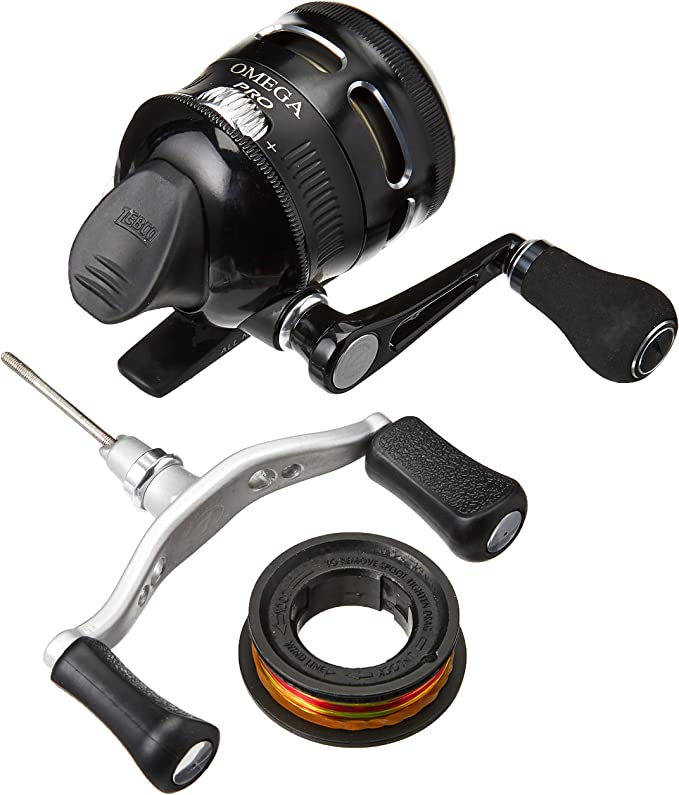Thermodynamics on Wheels: Engineering Precision in the Coleman RoadTrip 285
Update on Nov. 19, 2025, 7:07 p.m.
In the domain of portable cooking, there exists a persistent conflict between mobility and thermal mass. To be portable, a grill must be light. To cook a steak properly, a grill needs heavy materials to retain heat. Most portable units sacrifice performance for weight, resulting in thin wire grates that lose temperature the moment cold meat touches them.
The Coleman RoadTrip 285 attempts to resolve this paradox through a hybrid engineering approach. It combines a lightweight, kinetic chassis with a heavy-duty thermal engine. By deconstructing its materials and airflow dynamics, we can understand how it replicates the performance of a backyard station in a form factor that fits in a trunk.

The Thermal Mass Paradox: Why Cast Iron Matters
The defining feature of the RoadTrip 285 is not its wheels, but its Cast Iron Grates. In thermodynamics, Specific Heat Capacity is the amount of energy required to raise a material’s temperature. Cast iron is dense and holds a tremendous amount of thermal energy.
When you place a cold 16oz ribeye on a thin steel wire grate, the metal cools instantly, steaming the meat instead of searing it. Cast iron acts as a Thermal Battery. It stores the 20,000 BTUs generated by the burners and releases that energy rapidly upon contact with the food. This creates the Maillard Reaction—the browning that creates flavor—even if the ambient air temperature is dropping. For a portable unit, carrying this extra weight is the “tax” paid for culinary performance.
Zone Thermodynamics: The 3-Burner Architecture
Most portable grills operate on a binary system: hot or cold. The RoadTrip 285 utilizes a Tri-Burner Configuration, a rarity in this class.
This allows for Thermal Zone Isolation. * Direct Searing: You can crank the center burner to max for high-intensity conductive heat. * Indirect Roasting: Simultaneously, the outer burners can be set to low or off. * Convection: With the lid closed, this setup creates a convection current, circulating hot air around the food without direct flame exposure. This is essential for cooking thicker cuts like chicken or sausages that would burn on the outside before cooking through on a standard single-burner portable grill.

Fluid Dynamics: The Physics of the Water Pan
A contentious feature in user feedback is the requirement to fill the drip pan with water. This is not a design flaw; it is a Grease Management and Safety System based on evaporative physics.
- Flash Point Suppression: Grease fires occur when drippings hit a surface that exceeds the grease’s flash point (approx. 400-600°F). By catching grease in water, the temperature of the fat is instantly clamped to 212°F (the boiling point of water). Ignition is physically impossible under these conditions.
- Humidification: As the water heats, it evaporates. This introduces water vapor into the cooking chamber. Moist air transfers heat more efficiently than dry air (due to the higher specific heat of water vapor) and helps prevent the surface of the meat from drying out during longer cooks.
- Cleanup: The water creates a suspension layer. Grease floats on top rather than baking onto the metal tray, making post-cook cleanup a matter of dumping fluid rather than scraping carbonized residue.

Structural Engineering: The Rivet Controversy
Some users have criticized the use of aluminum rivets in the assembly, fearing they might melt. This concern stems from a misunderstanding of thermal distribution.
While the flame itself is hot enough to melt aluminum (approx. 1220°F), the rivets are located on the chassis, well away from the combustion zone. The choice of aluminum over steel here is likely driven by two factors: * Galvanic Corrosion Resistance: Outdoor gear is exposed to rain and humidity. Aluminum rivets resist rust better than cheap steel fasteners, preventing the frame from seizing up over years of storage. * Weight Optimization: Every ounce matters in a portable unit. Using aluminum for non-critical structural components keeps the center of gravity manageable for the scissor-leg mechanism.
Kinetic Design: The Scissor Chassis
The “Standup” capability relies on a Scissor-Leg Mechanism. This kinematic design allows the grill to transition from a low-profile towing configuration to a stable working height using gravity and leverage. The wide stance is engineered to lower the center of gravity, preventing the tipping hazards common with top-heavy portable grills placed on rickety camp tables.

Conclusion: The Mobile Thermal Station
The Coleman RoadTrip 285 is not just a grill; it is a study in compromises made right. It accepts the weight of cast iron to ensure searing performance. It demands the maintenance of a water pan to ensure safety and flavor. It utilizes lightweight rivets to balance structural longevity with portability.
For the tailgater or camper who refuses to accept “boiled” gray meat as the price of travel, this machine offers a scientifically sound solution. It brings the thermodynamics of the backyard patio to the trailhead, providing a robust platform for those who understand that great cooking is, fundamentally, the precise management of heat.


















